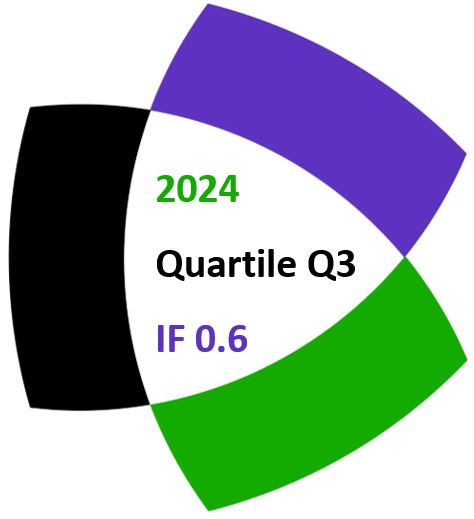J. V. Leyendekkers and A. G. Shannon
Notes on Number Theory and Discrete Mathematics
Print ISSN 1310–5132, Online ISSN 2367–8275
Volume 24, 2018, Number 2, Pages 63–70
DOI: 10.7546/nntdm.2018.24.2.63-70
Full paper (PDF, 169 Kb)
Details
Authors and affiliations
J. V. Leyendekkers ![]()
Faculty of Science, The University of Sydney, NSW 2006, Australia
A. G. Shannon ![]()
Warrane College, The University of New South Wales, NSW 2033, Australia
Abstract
Integers are expressed in the form nR where R represents the right-end-digits and nrepresents the digits to the left of R. n can be classified by the sequences {3t}, {3t + 1}, {3t+ 2}. When n = 3t + 2, no primes with R = 1 or 7 can be formed with these n; when n = 3tno primes can be formed with R = 3 or 9, but when n = 3t + 1, all REDs can form a prime within the constraints of imbedded sequences.
Keywords
- Prime numbers
- Composite numbers
- Right-end-digits
- Integer structure
2010 Mathematics Subject Classification
- 11B50
References
- Leyendekkers, J. V. & Shannon, A.G. (2008) Analysis of Primes Using Right-End-Digits and Integer Structure. Notes on Number Theory & Discrete Mathematics, 14 (3), 1–10.
- Shannon, A. G., & Leyendekkers, J. V. (2018) The Fibonacci Numbers and Integer Structure. New York: Nova Science Publishers, Chs. 2, 3, 6.
Related papers
- Leyendekkers, J. V. & Shannon, A.G. (2008) Analysis of Primes Using Right-End-Digits and Integer Structure. Notes on Number Theory & Discrete Mathematics, 14 (3), 1–10.
Cite this paper
Leyendekkers, J. V. & Shannon, A. G. (2018). Structural sequences for primes using right-end-digits. Notes on Number Theory and Discrete Mathematics, 24(2), 63-70, DOI: 10.7546/nntdm.2018.24.2.63-70.


